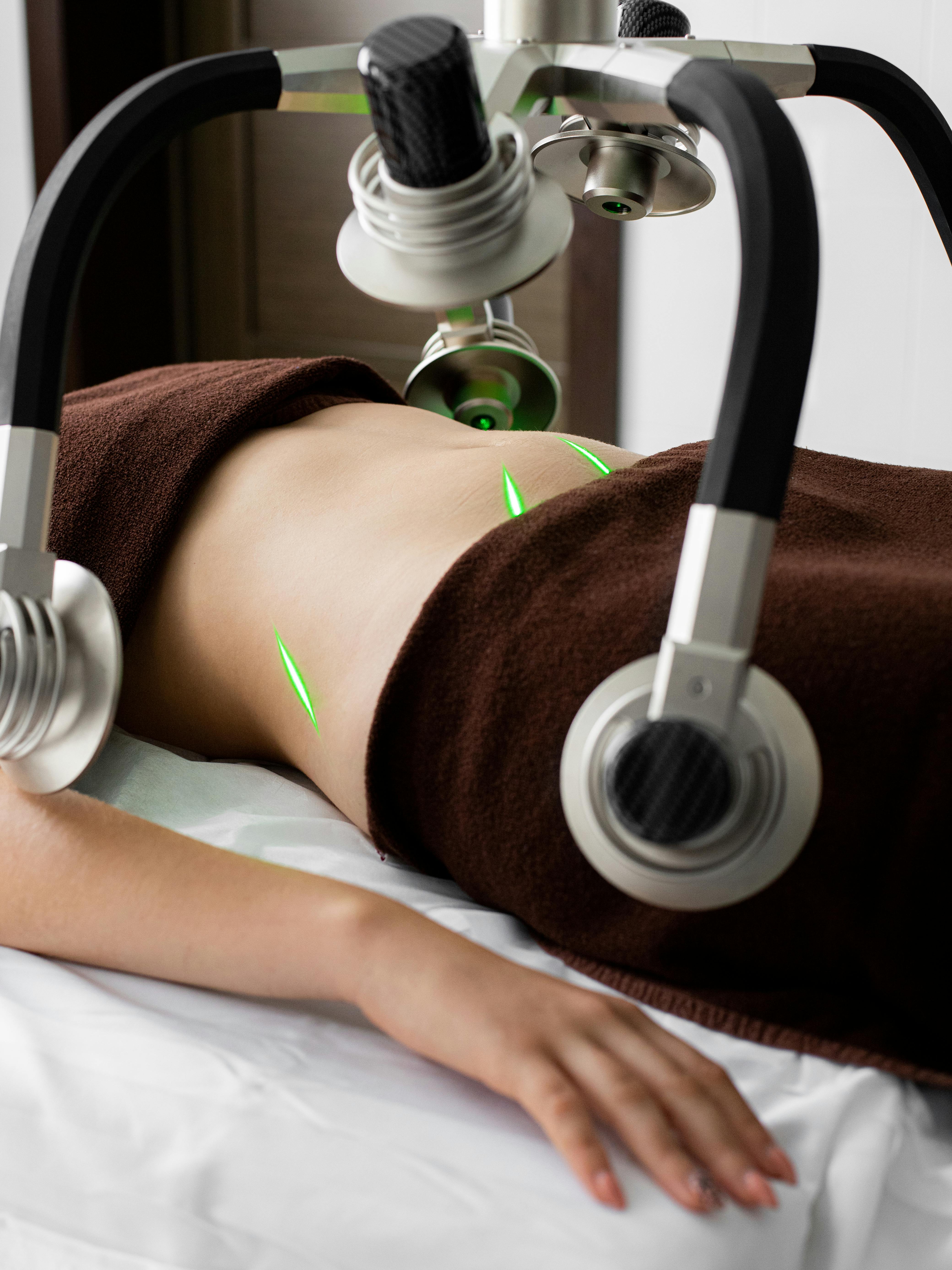A Guide to Laser Lipolysis: Understanding Non-Surgical Fat Reduction in 2025
Laser lipolysis, often referred to as laser-assisted fat reduction, has become a widely discussed non-surgical technique for body contouring in 2025. Using controlled laser energy, this procedure aims to target and break down fat cells while supporting tissue tightening. This guide explains how laser lipolysis works, what the process involves, and the key considerations before choosing this form of cosmetic treatment.

Laser lipolysis represents a significant advancement in aesthetic medicine, combining cutting-edge technology with minimally invasive techniques to address stubborn fat deposits. Unlike traditional surgical methods, this procedure offers a gentler approach to body contouring while delivering measurable results. The growing popularity of laser lipolysis stems from its ability to provide effective fat reduction with reduced recovery time and minimal discomfort.
What Is Laser Lipolysis?
Laser lipolysis, also known as laser-assisted lipolysis or laser fat removal, is a minimally invasive cosmetic procedure that uses focused laser energy to liquefy fat cells beneath the skin. The technique involves inserting a thin fiber optic laser directly into the targeted fat layer through small incisions. The laser energy heats and disrupts fat cell membranes, causing them to release their contents, which are then naturally processed and eliminated by the body’s lymphatic system. This process also stimulates collagen production, potentially improving skin tightness in treated areas.
How the Procedure Works
The laser lipolysis procedure begins with the administration of local anesthesia to ensure patient comfort throughout the treatment. A qualified practitioner then makes tiny incisions, typically less than 2-3 millimeters in length, in the target area. Through these small openings, a thin laser fiber is inserted beneath the skin and moved systematically through the fat layer. The laser energy selectively targets fat cells while preserving surrounding tissues like blood vessels, nerves, and connective tissue. The liquefied fat is either gently suctioned out during the procedure or left to be naturally absorbed by the body over the following weeks. The entire process typically takes 45 minutes to 2 hours, depending on the size and number of areas being treated.
Laser Lipolysis vs. Traditional Liposuction
While both procedures aim to remove unwanted fat, laser lipolysis differs significantly from traditional liposuction in several key aspects. Traditional liposuction involves making larger incisions and using a cannula to physically suction out fat tissue, often requiring general anesthesia and resulting in more extensive bruising and swelling. Laser lipolysis, conversely, uses much smaller incisions and relies on laser energy to break down fat cells, typically requiring only local anesthesia. Recovery time for laser lipolysis is generally shorter, with most patients returning to normal activities within a few days compared to weeks for traditional liposuction. However, traditional liposuction can remove larger volumes of fat in a single session, making it more suitable for patients seeking dramatic body contouring changes.
Treatment Areas and Session Details
Laser lipolysis is particularly effective for treating smaller, localized fat deposits that are resistant to diet and exercise. Common treatment areas include the chin and neck area, upper arms, abdomen, flanks, thighs, and knees. The procedure is also frequently used for facial contouring and reducing submental fat. Most patients require 1-3 treatment sessions spaced 6-8 weeks apart to achieve optimal results, though this varies based on individual goals and the amount of fat being addressed. Each session typically lasts between 45 minutes to 2 hours, and patients can usually resume light activities immediately following treatment. Results become progressively visible over 3-6 months as the body naturally processes the disrupted fat cells.
| Provider/Clinic Type | Average Cost Range | Treatment Areas | Sessions Typically Needed |
|---|---|---|---|
| Medical Spa | $1,500 - $3,500 | Small areas (chin, arms) | 1-2 sessions |
| Dermatology Clinic | $2,000 - $4,500 | Multiple areas | 2-3 sessions |
| Plastic Surgery Center | $2,500 - $6,000 | Large areas (abdomen, thighs) | 1-3 sessions |
| Aesthetic Medicine Clinic | $1,800 - $4,000 | Facial and body areas | 2-3 sessions |
Prices, rates, or cost estimates mentioned in this article are based on the latest available information but may change over time. Independent research is advised before making financial decisions.
This article is for informational purposes only and should not be considered medical advice. Please consult a qualified healthcare professional for personalized guidance and treatment.
The success of laser lipolysis depends heavily on proper patient selection and realistic expectations. Ideal candidates are individuals who are close to their target weight but struggle with localized fat deposits that don’t respond to traditional weight loss methods. The procedure works best on patients with good skin elasticity, as the skin needs to contract properly after fat removal. While laser lipolysis offers many advantages over traditional surgical methods, it’s important to understand that results are typically more subtle and gradual compared to conventional liposuction. The combination of fat reduction and skin tightening effects makes laser lipolysis an attractive option for many patients seeking body contouring without extensive downtime.




